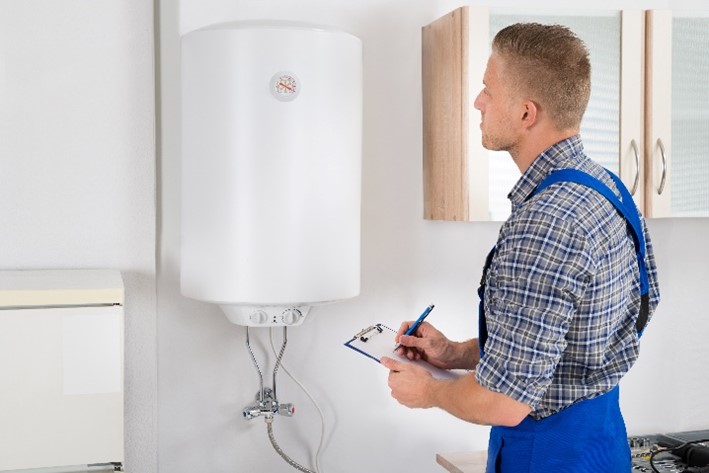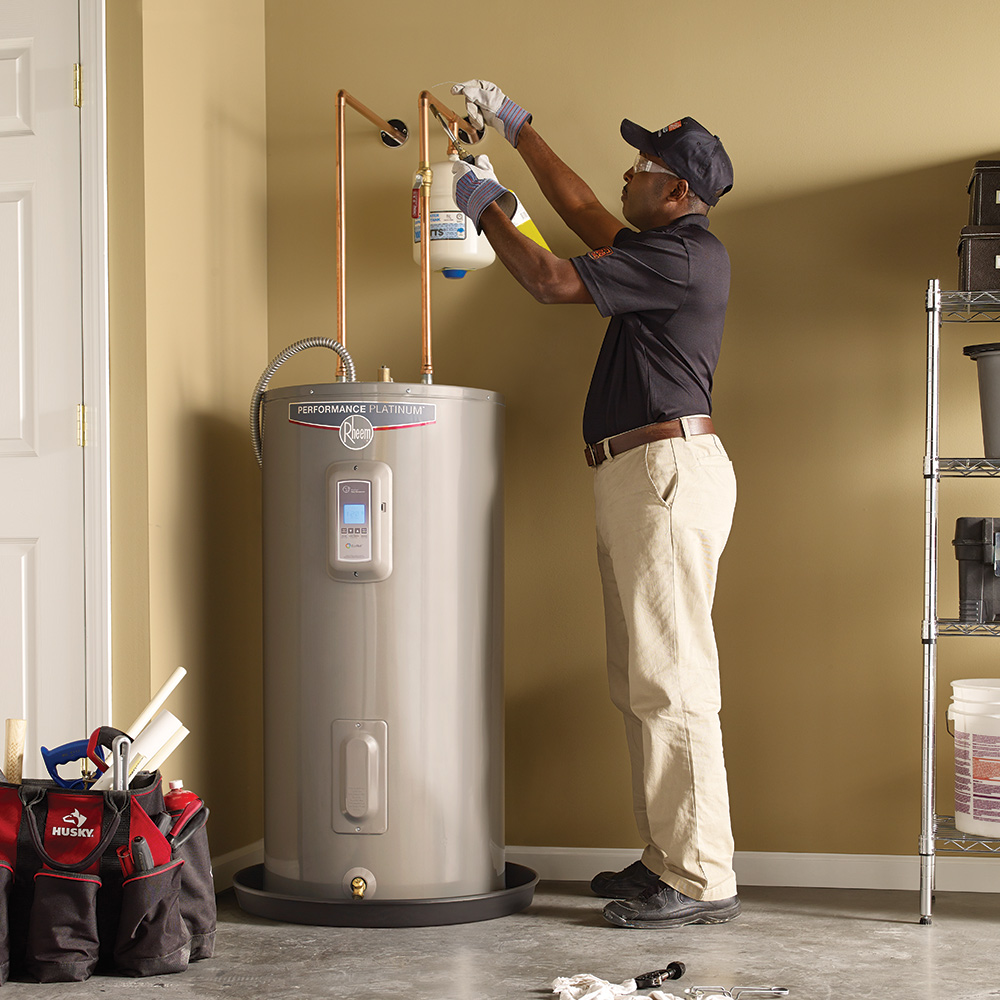What to Maintain Your Home's Hot Water System ProperlyEffective Techniques for Caring for Your Home's Hot Water System
What to Maintain Your Home's Hot Water System ProperlyEffective Techniques for Caring for Your Home's Hot Water System
Blog Article
What're your beliefs about How to Maintain a Hot Water Heater in a Few Simple Steps?

Warm water is crucial for day-to-day convenience, whether it's for a rejuvenating shower or washing dishes. To ensure your hot water system runs efficiently and lasts much longer, normal maintenance is crucial. This post offers useful suggestions and understandings on exactly how to keep your home's warm water system to stay clear of disturbances and expensive repairs.
Intro
Keeping your home's warm water system may seem challenging, but with a couple of basic actions, you can ensure it operates smoothly for several years to find. This overview covers whatever from understanding your warm water system to DIY upkeep suggestions and knowing when to employ specialist assistance.
Importance of Preserving Your Hot Water System
Routine maintenance not just prolongs the life expectancy of your hot water system but also ensures it runs successfully. Ignoring maintenance can cause reduced performance, greater power costs, and also premature failing of the system.
Indications Your Hot Water System Needs Upkeep
Understanding when your warm water system requires attention can stop major issues. Keep an eye out for indicators such as irregular water temperature, weird sounds from the heating system, or rusty water.
Understanding Your Hot Water System
Before diving right into upkeep tasks, it's useful to comprehend the fundamental elements of your warm water system. Typically, this consists of the hot water heater itself, pipes, anode rods, and temperature level controls.
Monthly Maintenance Tasks
Regular monthly checks can aid capture minor problems prior to they intensify.
Purging the Hot Water Heater
Flushing your hot water heater eliminates sediment build-up, enhancing efficiency and lengthening its life.
Checking and Changing Anode Rods
Anode poles protect against corrosion inside the container. Examining and changing them when worn is essential.
Evaluating and Adjusting Temperature Level Setups
Changing the temperature setups makes sure ideal performance and safety and security.
DIY Tips for Maintenance
You can execute a number of maintenance tasks yourself to keep your warm water system in leading problem.
Looking for Leakages
On a regular basis examine pipes and connections for leakages, as these can bring about water damage and higher costs.
Testing Pressure Alleviation Valves
Checking the stress safety valve guarantees it operates appropriately and prevents excessive pressure buildup.
Insulating Pipes
Insulating hot water pipes decreases heat loss and can conserve power.
When to Call a Specialist
While do it yourself upkeep is helpful, some concerns call for specialist know-how.
Facility Concerns Needing Expert Assistance
Examples include major leakages, electric troubles, or if your hot water heater is continually underperforming.
Regular Expert Maintenance Conveniences
Specialist upkeep can consist of extensive inspections, tune-ups, and ensuring conformity with safety and security requirements.
Final thought
Regular upkeep of your home's hot water system is important for efficiency, long life, and price savings. By following these tips and recognizing when to look for professional help, you can make certain a trusted supply of hot water without unexpected disturbances.
How to Maintain an Instant Hot Water Heater
Before tinkering with your hot water heater, make sure that it’s not powered on. You also have to turn off the main circuit breaker and shut off the main gas line to prevent accidents. Also turn off the water valves connected to your unit to prevent water from flowing into and out of the appliance. 2. When you’re done, you have to detach the purge valves’ caps. These look like the letter “T” and are situated on either side of the water valves. Doing so will release any pressure that has accumulated inside the valves while at the same time avoid hot water from shooting out and burning your skin. 3. When the purge valves’ caps are removed, you have to connect your hosing lines to the valves. Your unit should have come with three hoses but if it didn’t, you can purchase these things from any hardware or home repair shops. You can also get them from retail stores that sell water heating systems. Read the user’s manual and follow it to complete this task properly. When the hosing lines are connected, open the purge port’s valves. 4. You should never use harsh chemical cleaners or solutions when cleaning your unit. Make use of white vinegar instead. It should be undiluted and you’ll probably use about 2 gallons. 5. Now flush your water heater. This task should probably take about 40 minutes. We can’t give you specific directions for this because the procedure is carried out depending on the type, model and brand of your heater. With that being said, refer to the user’s manual. 6. When you’re done draining the unit, you have to turn off the purge port valves again. Remove the hosing lines that you earlier installed on each of the water valves. Put the valve caps (purge port) back in their respective places and be very careful so as not to damage the rubber discs that are found inside these caps. 7. Now that everything’s back in place, check your user’s manual again to find out how to reactivate your water heating system. 8. Once it is working, turn one of your hot water faucets on just to let air pass through the heater’s water supply pipes. Leave the tap on until water flows smoothly out of it. https://www.orrplumbing.com/blog/2014/september/how-to-maintain-an-instant-hot-water-heater/

I'm certainly very serious about Tips on Maintaining a Water Heater and I'm hoping you enjoyed reading my article. So long as you liked our blog entry please consider to pass it around. I cherish your readership.
Click Here Report this page